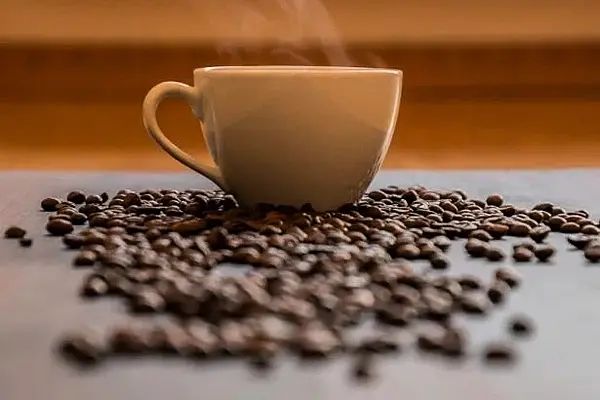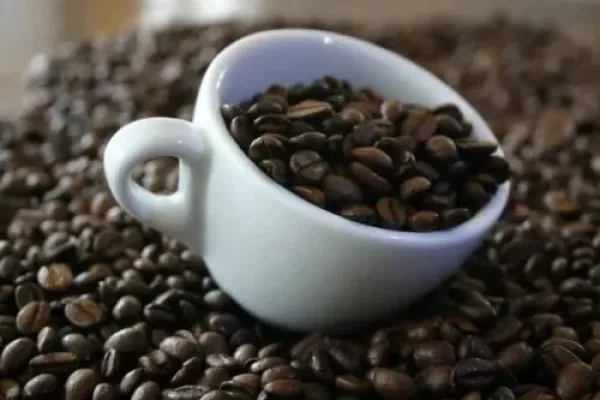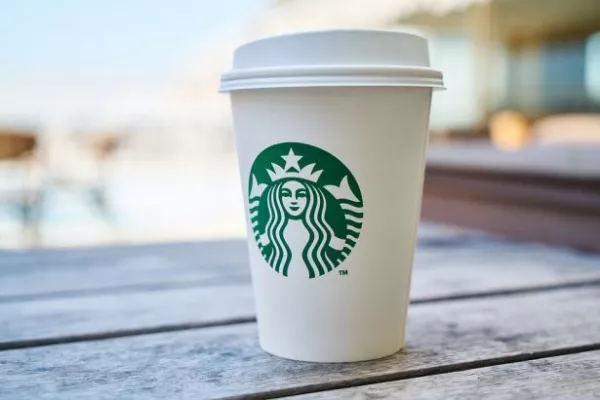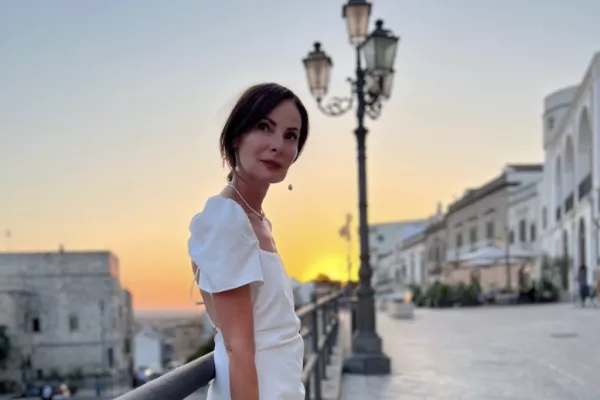The word concierge has a murky etymology, but Les Clefs d’Or — the international association of concierges — prefers the French derivation, comte des cierges, or "keeper of the candles." Dating back to feudal times, he was the man responsible for lighting a palace and catering to the every whim of visiting nobility.
Modern-day concierges have evolved. For one, they’re no longer just men, and candle-lighting is an unlikely responsibility. Nowadays the wisdom of the concierge can elevate your getaway, minimizing the stressful planning and searching through guidebooks and blogs. Seven concierges from some of Asia’s top luxury hotels have given us an insider’s view of what to eat, see and do in the cities they know better than most.
Mumbai
Our concierge: Satish Gaikwad at the Taj Mahal Palace. Built in 1903, the Taj is as much landmark as hotel, overlooking the Gateway of India and the Arabian Sea in India’s frenetic second city.
Eating and drinking: The city is full of restaurants and bars, but I’d direct guests to Mumbai’s few remaining Irani cafes, historic street-corner spots unique to Mumbai and nearby Pune, serving Parsi and Iranian food, and traditional tea.
Sights to see: For something different, visit the cow and animal shelter at Bombay Panjrapole near Bhuleshwar bazaar or the open-air communal laundry at Dobhi Ghat. I also recommend seeing the potters at work at Dharavi, one of Mumbai’s biggest slums, and the heritage village at Khotachi Wadi in south Mumbai, with its wonderful Portuguese architecture.
Something different: It’s worth exploring parts of the city by foot, particularly on designated walking routes such as the Fort Heritage Trail. Consider morning trips to Mumbai’s fishing docks, the caves of Elephanta Island or follow a day in the life of a “dabbawala”—a lunch box delivery man—to get an insight into how thousands of hot meals are delivered across the city in a few hours.
Hong Kong
Our concierge: Echo Zhu, chief concierge at the Peninsula. Perched at the edge of Kowloon, overlooking the lights of Victoria Harbour, the city’s oldest hotel has been serving up its iconic afternoon tea since doors opened in 1928.
Eating and drinking: With a couple of days in Hong Kong, I suggest a meal at Yung Kee restaurant in Central. Its history goes back to 1938, and it’s famous for a local delicacy: roast goose. They serve almost 300 a day.
Sights to see: In the afternoon, I highly recommend a guided tour to the historic Kowloon Walled City, where you’ll find ancient stone plaques, old architecture, and monuments.
Something different: For nightlife, my picks include Stockton and Foxglove. Stockton is a whiskey bar in Central. It’s a bit hidden and might be hard to find, but as soon as you enter, the vibe is electric. Foxglove, also in Central, is another “secret,” speakeasy-style haunt. Hidden behind the doors of an umbrella shop, it serves some of Hong Kong’s classiest cocktails in a fabulous 1950s atmosphere.
Melbourne
Our concierge: Ali Sungkar, chief concierge at The Windsor and member of Les Clefs d’Or Australia. The Windsor was built in 1883 by shipping magnate George Nipper and boasts views over the Treasury Gardens and Parliament House. Guests have included Laurence Olivier, Vivien Leigh, Anthony Hopkins, and Muhammad Ali.
Eating and drinking: Melbourne’s dynamic food scene can leave you spoiled for choice, but I often recommend Pellegrini’s, a real Melbourne institution that serves fresh pasta and excellent coffee. For a late-night drink, head to the Melbourne Supper Club across from Parliament House on Spring Street: lovely leather Chesterfield couches to sink into and cheese from their on-site underground maturation caves.
Sights to see: The Melbourne Visitor Shuttle is a terrific way to see everything. It costs A$10 ($7.40) for two days, stops at all major attractions such as the National Gallery of Victoria and Queen Victoria Market, and includes commentary and wifi. The City Circle Tram is another Melbourne icon. Its heritage W class trams loop around the CBD, and it’s free.
Something different: The Dandenong Ranges are a favorite with tourists but the sculpture garden of William Ricketts Sanctuary, further up Mount Dandenong Tourist Road, is often missed. It’s a tranquil place with mystical human sculptures peering out from over-sized ferns and is the life’s work of William Ricketts, an artist with a deep affinity for Indigenous Australian culture.
Singapore
Our concierge: Murphy Loh, assistant chief concierge at the Ritz-Carlton Millenia. Located in Singapore’s Marina Bay, this luxury five-star hotel has its own 4,200-piece art collection. The concierge team created a guidebook for a walking tour of the city.
Eating and drinking: My favorite spot is a trendy bar-restaurant surrounded by nature called the Coastal Settlement, near the ferry for Pulau Ubin island. I also recommend trying old-school family favorite fish head steamboat, a traditional dish made with pomfret or red grouper fish, at restaurants such as Nan Hwa Fishboat, Whampoa Fish Head Steamboat and Tian Wai Tian.
Sights to see: Escape the hustle and bustle at Coney Island. It used to be called Pulau Serangoon, and its woodlands and towering trees are lovely for walking and cycling. Another getaway is Pulau Ubin, a 15-minute ride from Changi Point via an old-school “bumboat," a traditional wooden ferry. Spend a couple of hours cycling or walking around the car-free island and you’ll see why it’s nicknamed “the last kampung (village) of Singapore,” with its mangroves and secluded beaches. I also love Henderson Waves, Singapore’s most stunning and highest pedestrian bridge. It’s well worth timing a visit for sunrise or sunset.
Something different: In the far west of Singapore is Little Guilin, often called Xiao Guilin by the residents of nearby Bukit Batok. Home to a breathtaking granite quarry, its mainly locals who know of it. It’s worth arriving early to see sunrise over the quarry and a quick hike to the top is well rewarded.
Phnom Penh, Cambodia
Our concierge: Sokha Saing, concierge at the Raffles Hotel Le Royal. The only true grand dame of Cambodia’s capital, Raffles opened in 1929 and has counted Jackie Kennedy among its guests.
Eating and drinking: Phnom Penh is fast becoming Asia’s next culinary destination. I never hesitate suggesting our own Restaurant Le Royal as it’s the exclusive home in Phnom Penh of Royal cuisine, with recipes gifted to us by the Cambodian royal family. I also recommend Romdeng, which serves traditional and innovative Khmer dishes, and is run by an NGO offering hospitality training to former street children.
Sights to see: There’s some wonderful modern architecture in the city and Khmer Architecture Tours offer excellent cyclo (bicycle-taxi) tours. You’ll see the Chinese shop-house style buildings, the late 19th and early 20th century French colonial buildings, and the ‘New Khmer Architecture’ of the late 1950s and 1960s, built in the post-independent Golden era. For families and wildlife lovers, visit Phnom Tamao Rescue Centre just outside the city, which also raises funds for endangered wildlife.
Something different: It’s not so much hidden as it is under-visited, but a good day trip is to Oudong, 37km northwest. It’s a pity it’s off the beaten track for most people because the pre-colonial capital is a jaw-dropping experience. And for an unusual way to see Phnom Penh by night, try Vespa Adventures. See the capital on the back of a Vespa, driver included, with regular stops for food and drinks.
Jakarta
Our concierge: M. Buyung Satria Rosa, head concierge at the Mandarin Oriental Jakarta. In the traffic-choked city, the 272-room Mandarin Oriental, located in the finance district, is something of an oasis.
Eating and drinking: I rate Seribu Rasa, which means a thousand flavors. There’s one close to the hotel and five others in Jakarta. It’s a great place for local flavors and Indonesian and Southeast Asian dishes. Another nearby favorite is Bunga Rampai, in a heritage building from the Dutch colonial era. It’s beautiful inside, and popular with Jakarta’s high society.
Sights to see: The Bank Indonesia museum has an interesting history. It’s in a heritage building in Jakarta’s old town and in 1828 was the first headquarters of De Javasche Bank (The Java Bank), the central bank of the Dutch East Indies during the colonial era which issued the currency of the Netherlands Indies gulden. I also recommend Flower City of Bandung as a day trip. It’s only two hours away and sits at 768 meters altitude in the Parahyangan mountains. It has a very European feel, with good restaurants, art galleries and shops.
Something different: Escape the city at Taman Menteng (Menteng Park). You’ll find 30 hectares (74 acres) of green space, 30 different plant species, jogging paths, and a children’s playground. You might also spot one of the 44 recharge wells which help the ground to absorb rainwater.
Tokyo
Our concierge: Koji Notake, head concierge at the Conrad. This sleek skyscraper hotel boasts views over Tokyo Bay and has a 25 meter (82 foot) pool on the 29th floor. The tailor-made Conrad Concierge app includes interesting ideas for what to do with one, three, or five hours in the city.
Eating and drinking: Most people know about Tsukiji, the world’s biggest fish market, but it’s a must for food fanatics with row after row of seafood to scour. The Ginza neighborhood is another great spot for early-morning exploring. Head downstairs to the basement depachika, a type of market-meets-food hall, where you can peruse an array of food counters selling everything: beautifully wrapped sweet rice cakes, traditional senbei crackers, drinking vinegars, roasted green teas, and freshly cut soba noodles. For lunch, I always recommend Kyubey. It’s nearby and one of the city’s most celebrated sushi restaurants.
Sights to see: Admirers of Japan’s minimalist aesthetic should make a pilgrimage to the Japan Folk Crafts Museum in the Komaba neighborhood. Also known as the Mingeikan, it was set up in the 1930s by the founder of Japan’s folk crafts movement, Soetsu Yanagi, and has a wonderfully curated selection of Japan’s finest folk crafts.
Something different: Tokyo takes the art of cocktail-making very seriously. For guests looking to experience the city’s hidden bar scene, I’d suggest booking time with local gastronome Shinji Nohara, aka The Tokyo Fixer. It’s not the cheapest tour, but he takes guests to tiny, introduction-only bars and restaurants. He’s even shown Anthony Bourdain around town.
News by Bloomberg, edited by hospitality Ireland









